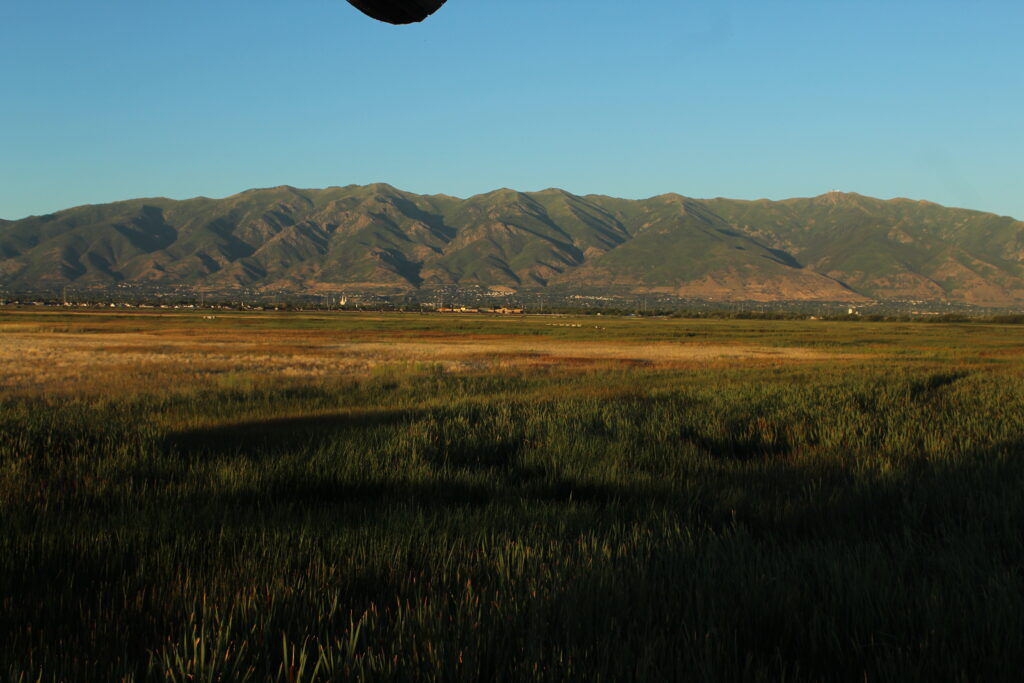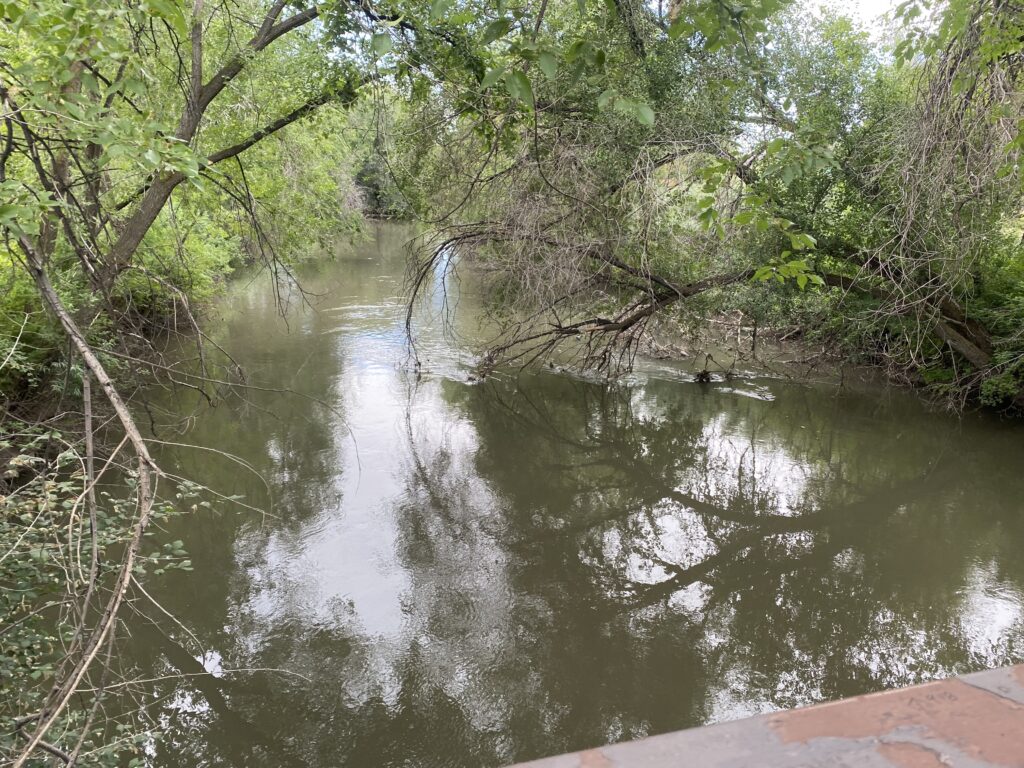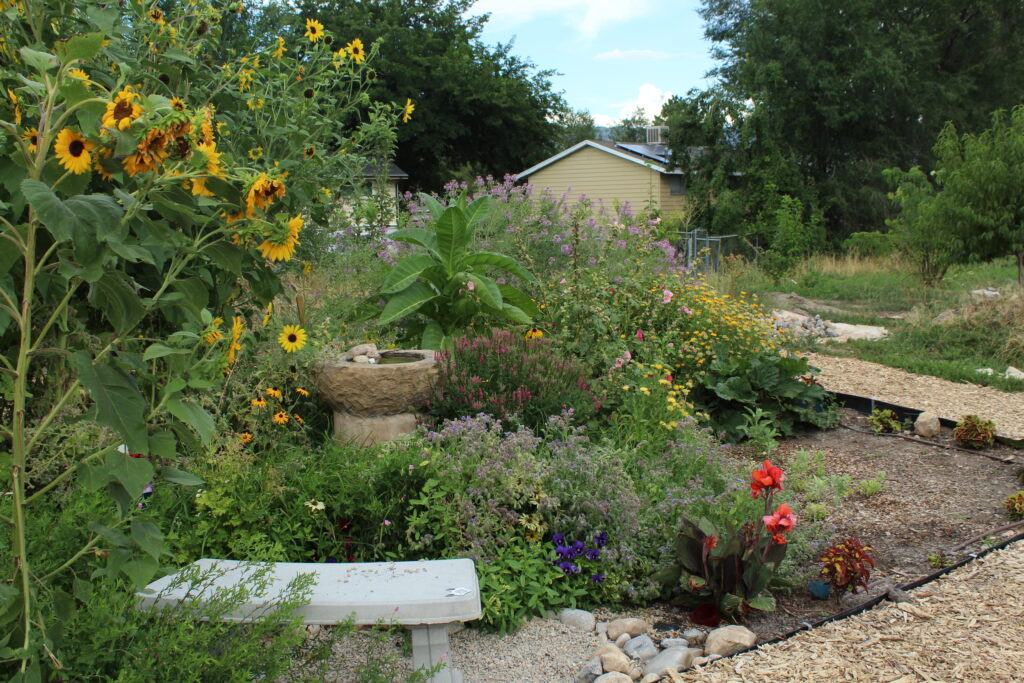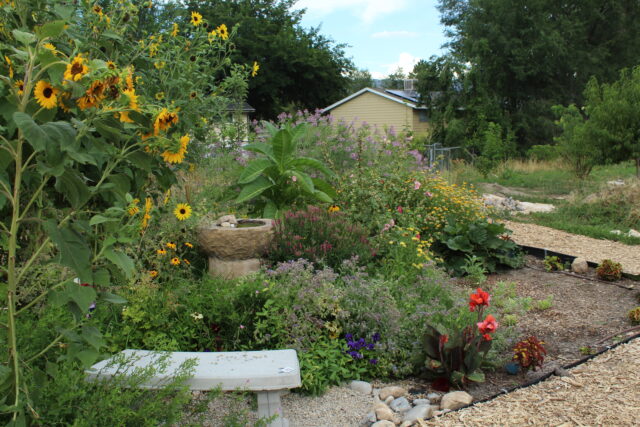
As my research wraps up, I am amazed by the amount I have learned in one summer and the kindness of my community. After interviewing four community gardens in Salt Lake County, I have been surprised by the results and most pressing environmental concerns. Utah has a lot of compounding issues, especially in Salt Lake City from the freeway that divides the West and East sides, the West has large populations of Black, Brown and Indigenous communities in Glendale and Rose Park whereas the East side is more wealthy and has office buildings and the University of Utah, reflecting histories of redlining. Although these community gardens are doing incredible work, ineffective policies and lack of environmental progress at the governmental level continue to stand in their way. One of the most interesting findings is the impact of industry. I did not realize Utah has had such long-term issues due to industry polluting water sources (i.e. rivers, streams, etc.) in the Wasatch Front. However, many of the gardens I interviewed were well aware and it was one of their biggest concerns, as contaminated water thus leads to contaminated soil.

Upon going into this project my knowledge of soil and its importance in water conservation was minimal. However, I now have come to understand that healthier soil equals less water required to grow the plants. Some of the largest contaminants of soil are arsenic, mercury, nickel, and zinc to name a few. These are common elements left over from industrial waste and as many industries in the late 19th century did not have the best practices, you see the legacy in places like the Jordan River. The Jordan River is a superfund site and yet, community members have managed to turn the surrounding areas into something beautiful as seen with the Og-Woi People’s Orchard and Garden.


Healthy soil uses significantly less water than contaminated and unhealthy soil. As the soil is better able to absorb and hold water, a key component in sustaining this health for many gardens is composting. Compost gives key nutrients back to the soil and maintains the necessary nutrient levels from year to year. However, most commercial agriculture runs on practices that degrade and destroy soil health (i.e. monocropping), which demonstrates the important role urban community gardens play in tending the natural environments in cities. Many of the locations of the gardens would likely be left toxic and untended without the efforts of communities to rejuvenate the land. In sum, my research has gone so well and introduced new solutions to environmental issues. At first, I felt like I was combining too many ideas but now recognize that the scientific, political, and historical components of these issues all need to be analyzed together to propose useful, implementable solutions.
